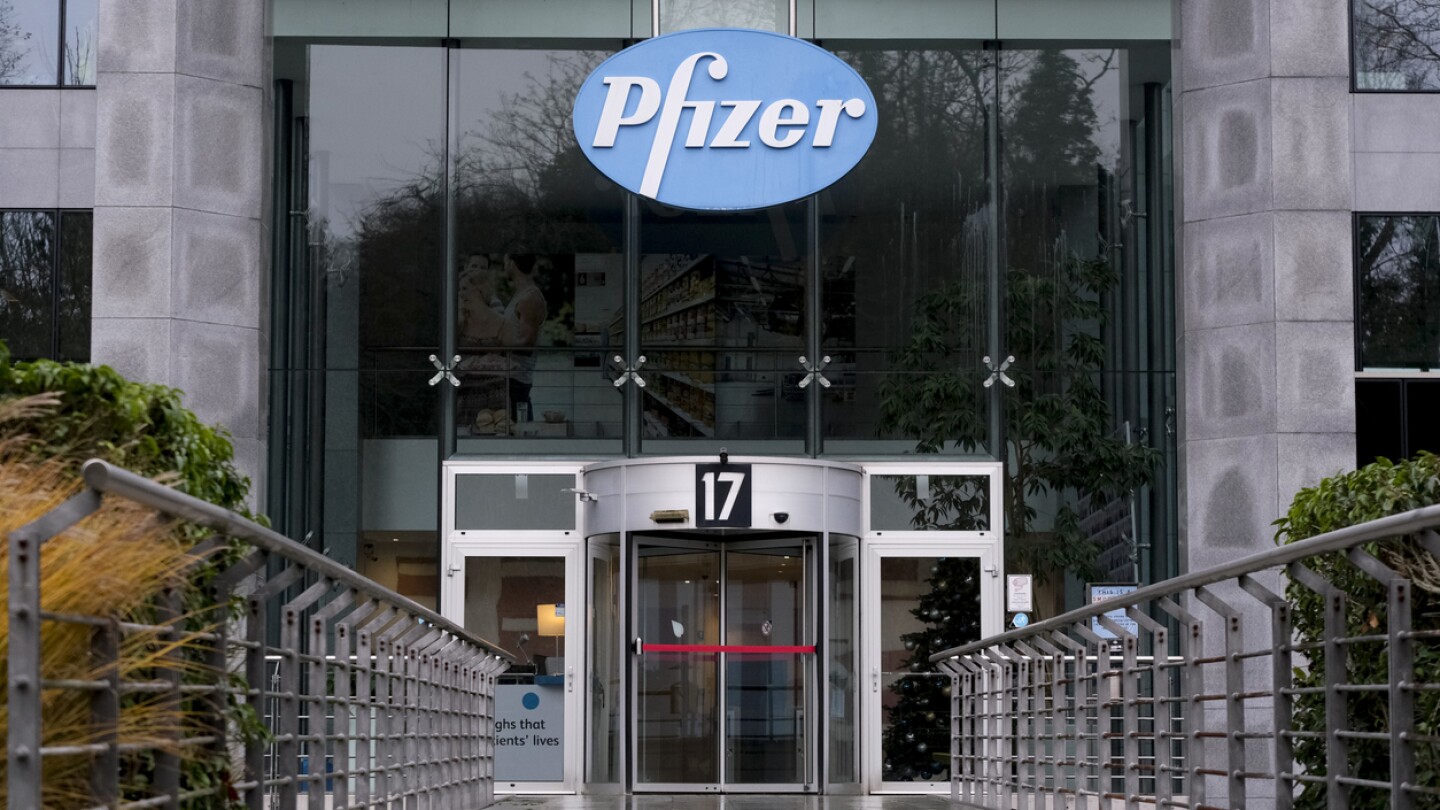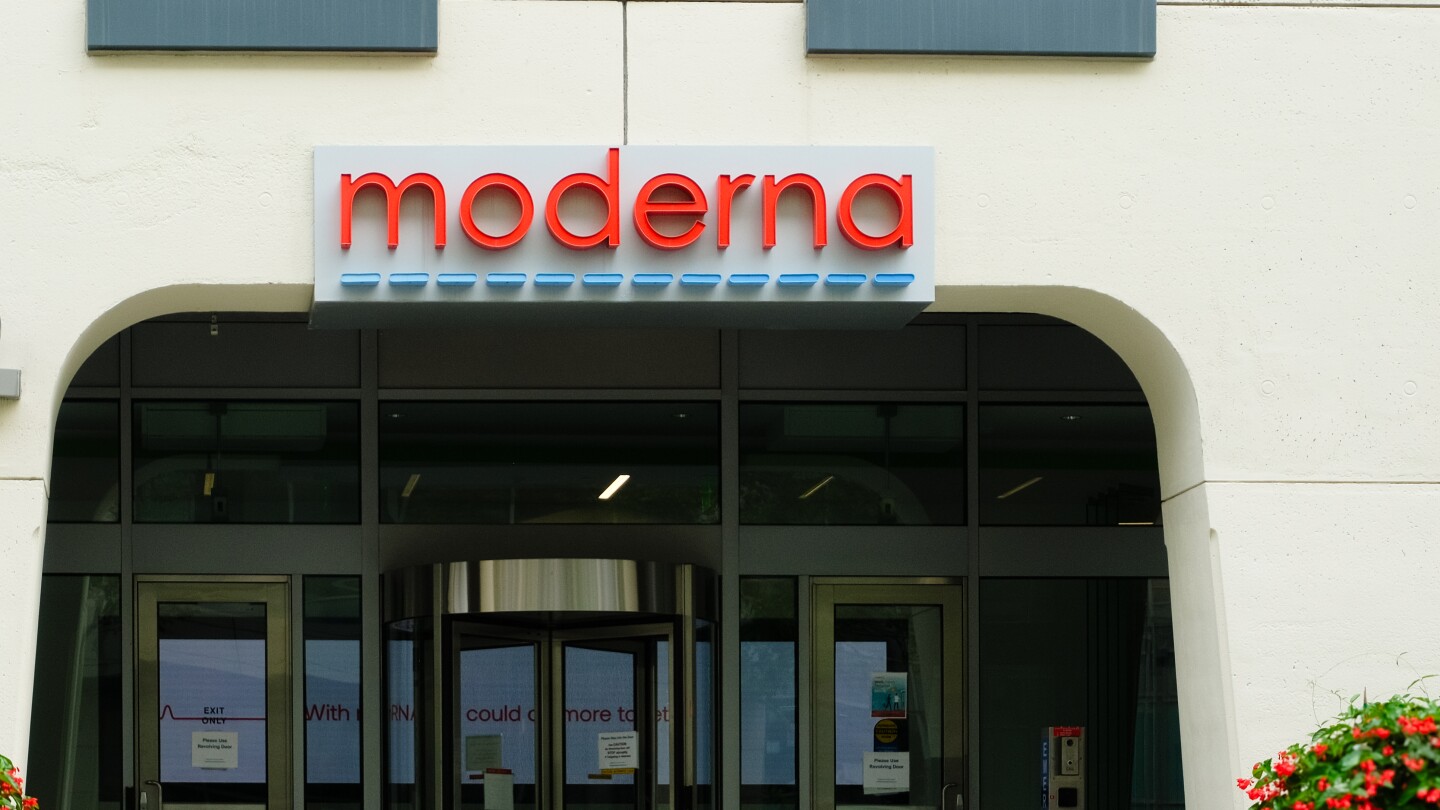News
A new analysis from Jefferies shows that drugs receiving breakthrough designations sail through the regulatory process more quickly, on top of frequently winning approval.
FEATURED STORIES
Recent headlines proclaim a ‘potential’ or ‘functional’ cure for multiple myeloma, but the fight against the disease must continue.
After a chaotic year that has seen the attrition of over half the FDA’s senior leadership, many of these individuals have landed new roles—at Eli Lilly, Pfizer, Iovance and more. The FDA’s loss, it seems, is largely the pharmaceutical industry’s gain.
Despite announcing a broad pivot to siRNA earlier this year, Sarepta is following through with an investigational gene therapy: its limb-girdle muscular dystrophy candidate. But the treatment’s path forward, analysts say, is highly uncertain.
Job Trends
Looking for a biopharma job in or near Washington, D.C.? Check out these five top companies hiring life sciences professionals like you.
FROM OUR EDITORS
Read our takes on the biggest stories happening in the industry.
With five CDER leaders in one year and regulatory proposals coming “by fiat,” the FDA is only making it more difficult to bring therapies to patients.
THE LATEST
After a bidding war erupted between Pfizer and Novo Nordisk over the fledgling obesity drugmaker, Metsera sided with its original suitor in a final agreement announced late Friday evening.
During a press conference to announce a drug price deal for GLP-1s, President Donald Trump asked for more details about the ongoing bidding war between Novo Nordisk and Pfizer over obesity biotech Metsera.
Following restricted vaccine approvals and changes to CDC immunization schedules, Merck, Pfizer, GSK and Sanofi are all suffering revenue hits to their vaccine programs.
The Phase III results impressed Guggenheim Partners analysts both in terms of efficacy and safety. If approved, atacicept would become the first APRIL/BAFF inhibitor for IgAN to make it to the market.
The FDA previously placed two clinical studies on hold, including the Phase III trial in which the liver toxicity occurred. Intellia is working with experts to create a risk management program for nex-z.
Darzalex Faspro’s approval for smoldering multiple myeloma could allow for earlier intervention and reduce the risk of progression to active disease.
The nausea and other gastrointestinal side effects of weight loss drugs like Novo Nordisk’s Wegovy or Eli Lilly’s Zepbound will limit how much these drugs can help patients and stunt the overall obesity market unless we approach the problem head on.
The FDA awards a second round of Commissioner’s National Priority vouchers to six larger biopharma companies. And this time, with the exception of Eli Lilly’s orforglipron, the vouchers are for drugs that are already on the market.
The agreement will also secure a $150 price for future weight loss pills from Novo Nordisk and Eli Lilly—at least initially.
The company reported $200 million in net losses for the third quarter, but an aggressive and highly successful cost-cutting campaign is helping to stem the downward trend.


















